Description
The instruction for medical use of ROTAZAR medicine the Trade name Rotazar Mezhdunarodnoye the unlicensed name Irbesartan Lekarstvennaya the Tablet form, film coated 75 mg, 150 mg and 300 mg Structure One tablet contains active agent – irbesartan 75 mg, 150 mg and 300 mg excipients: sodium of a kroskarmelloz, lactose monohydrate, cellulose microcrystalline, starch kukuruzy partially prezhelatinizirovanny 1500, magnesium stearate, half-oxameasures 188, silicon dioxide colloidal anhydrous, structure of a cover: опадри® II white 85F18422 (polyvinyl alcohol, polyethyleneglycol 3350, titan dioxide (E171), talc). Description of the Tablet of an oval form, biconvex, film coated white color. Pharmacotherapeutic group the Drugs influencing a system renin-angiotensin. Angiotensin II antagonists. Irbesartan. The ATX C09CA04 code the Pharmacological Pharmacokinetics Absorption Later properties of intake drug is well absorbed from the digestive tract (DT). The maximum concentration of an irbesartan in blood plasma is reached in 1.5-2 hours after intake. The absolute bioavailability is 60-80%. The concomitant use of food significantly does not affect bioavailability of drug. Irbesartan possesses to a linear and proportional dose pharmacokinetics in the range of doses from 10 to 600 mg, at doses over 600 mg (twice exceeding the recommended maximum dose) the kinetics of an irbesartan becomes nonlinear (absorption reduction). Distribution Linking with proteins of plasma makes about 96%. Linking with cellular components of blood is insignificant. Distribution volume – 53-93 l. At repeated receptions of 1 times a day the limited accumulation of an irbesartan in plasma (less than 20%) is noted. Metabolism Irbesartan biotransformirutsya in a liver by oxidation and conjugation with glucuronic acid. Irbesartan is oxidized, mainly, by means of CYP2C9 isoenzyme, participation of an isoenzyme of CYP3A4 in metabolism of an irbesartan is insignificant. The main metabolite which is in a system blood-groove – an irbesartan a glucuronide (about 6%). Removal the General clearance and renal clearance are 157-176 ml/min. and 3-3.5 ml/min. respectively. Final elimination half-life (T1/2) makes 11-15 hours. Irbesartan and his metabolites are removed with bile and urine. After intake of a 14C-irbesartan about 20% of radioactivity are found in urine, the rest – in Calais. Less than 2% of the entered dose are allocated with urine in the form of not changed irbesartan. Pharmacokinetics in special clinical cases A little higher concentrations of an irbesartan in plasma note at women (in comparison with men). However differences in size T1/2 and accumulation of an irbesartan are not revealed. Dose adjustment of an irbesartan is not required from women. AUC value and the maximum concentration of an irbesartan were slightly higher at patients of advanced age (≥ than 65 years), than at patients of younger age, however values of final T1/2 authentically did not differ. At patients with renal failures or patients to whom the hemodialysis is carried out indicators of pharmacokinetics of an irbesartan essentially do not change. Irbesatan does not leave from an organism when carrying out a hemodialysis. At patients with cirrhosis of an easy or medium-weight course the pharmacokinetic parameters of drug significantly do not change. Pharmacokinetic researches at patients with a heavy liver failure were not conducted. A pharmacodynamics Rotazar – antihypertensive drug, the selection antagonist of receptors of angiotensin II (AT1 type). Blocks all physiologically significant effects of angiotensin II which are implemented through AT1 receptors irrespective of a source or a way of synthesis of angiotensin II. Specific antagonistic action concerning AT1 receptors leads to increase in concentration of renin and angiotensin II in blood plasma and to decrease in concentration of Aldosteronum in blood plasma. At use in the recommended drug doses the concentration of a potassium ion in blood serum significantly does not change. Irbesartan does not inhibit a kininaza of II (APF) by means of which there is a formation of angiotensin II and destruction of bradykinin to inactive metabolites. For manifestation of the effect irbesartan does not demand metabolic activation. Irbesartan reduces the arterial blood pressure (ABP) at the minimum change of the heart rate (HR). At reception in doses up to 300 mg of 1 times a day the decrease in the ABP has dose-dependent character, however at further increase in a dose of an irbesartan the gain of hypotensive effect is insignificant. The maximum decrease in the ABP is reached in 3-6 hours after administration of drug inside. The hypotensive effect remains, at least, for 24 hours. In 24 hours after reception in the recommended doses the decrease in the ABP is 60-70% in comparison with the maximum decrease in diastolic and systolic arterial blood pressure in response to drug use. At reception of 1 times a day in a dose of 150-300 mg extent of decrease in the ABP (systolic/diastolic) at the end of an interdose interval (i.e. in 24 hours after administration of drug) in position of the patient lying or sitting on average on 8-13/5-8 mm Hg. (respectively) it is more in comparison with placebo. Administration of drug in a dose of 150 mg of 1 times a day causes the same hypotensive answer (decrease in the ABP before reception of the next dose of drug and average decrease in the ABP in 24 hours), as well as reception of the same dose divided into 2 receptions. Hypotensive effect of the drug Rotazar develops within 1-2 weeks, and the maximum therapeutic effect is reached in 4-6 weeks after an initiation of treatment. The antihypertensive effect remains in the conditions of long-term treatment. After the termination of treatment of the ABP gradually returns to initial size, the withdrawal was not observed. Irbesartan does not influence the content of uric acid in blood serum or on discharge of uric acid with urine. The efficiency of the drug Rotazar does not depend on age and sex. Indications – essential arterial hypertension – a nephropathy at patients with arterial hypertension and diabetes 2 types (as a part of the combined antihypertensive therapy). A route of administration and doses the Drug should be taken inside. The tablet is swallowed entirely, washing down with water. The initial and maintenance dose makes 150 mg of 1 times a day regardless of meal. Use of drug in such dose provides more optimum 24-hour control of the ABP, than in a dose of 75 mg a day. However in certain cases, especially at the patients who are on a hemodialysis or at patients 75 years are aged more senior, the initial dose has to make 75 mg. At insufficient therapeutic effect at use of the drug Rotazar in a dose of 150 mg of 1 times a day it is possible to increase a dose to 300 mg, or it is necessary to appoint other antihypertensive drug. In particular it was shown that prescribing of diuretic, such as hydrochlorothiazide, strengthened action Rotazar. At patients with arterial hypertension and diabetes 2 types treatment it is necessary to begin with a dose 150 mg of 1 times a day and to gradually increase up to 300 mg – the dose which is a preferable maintenance dose for treatment of a nephropathy. At patients with disturbance of water and electrolytic balance prior to administration of drug it is necessary to restore the volume of the circulating blood (VCB) and/or to eliminate a hyponatremia. With impaired renal function of correction of the mode of dosing it is not required from patients. For the patients who are on a hemodialysis, the initial dose has to make 75 mg a day. Correction of the mode of dosing is not required from patients with abnormal liver functions easy or moderate severity. Clinical experience of use of drug for patients with heavy abnormal liver functions is absent. In spite of the fact that the initial recommended drug dose for patients aged is more senior than 75 years makes 75 mg, usually correction of the mode of dosing is not required. Side effects Determination of frequency of by-effects is carried out according to the following criteria: very often (≥ 1/10), it is frequent (≥ from 1/100 to & lt, 1/10), infrequently (≥ from 1/1000 to & lt, 1/100), is rare (≥ 1/10000 to & lt, 1/1000), is very rare (& lt, 1/10000). Often – dizziness, fatigue orthostatic dizziness, orthostatic hypotension – fervescence – nausea, vomiting – myalgia, an ossalgiya, an arthralgia, a muscular spasm – increase in the KFK level in blood plasma, a hyperpotassemia not often – a sinusopatiya, sinusitis, pharyngitis, rhinitis, cough – the dispeptic phenomena, heartburn, diarrhea – thorax pain – sexual dysfunction – a leykotsitoklastichesky vasculitis – tachycardia, rushes of blood Seldom – a headache, a ring in ears, fatigue, a condition of alarm/excitability – disturbance of flavoring feelings, an abnormal liver function, jaundice hepatitis – an abdominal cavity pain – infections of urinary tract, a renal failure – decrease in level of hemoglobin – reactions of hypersensitivity, rash, urticaria, a Quincke’s disease Is unknown (it is impossible to estimate frequency on the basis of the available data) – a renal failure (patients have groups of the increased risk) Contraindications – hypersensitivity to drug components – hereditary intolerance of a galactose, insufficiency of lactase or disturbance of absorption of glucose and a galactose – pregnancy – the lactation period – children’s and teenage age up to 18 years (the efficiency and safety are not established). With care it is necessary to use drug in a stenosis of the aortal or mitral valve, a hypertrophic subaortic stenosis, dehydration, a hyponatremia, diarrhea, vomiting, observance of a diet with limited consumption of table salt, therapy by diuretics, a bilateral stenosis of renal arteries, a unilateral stenosis of an artery of the only kidney, chronic heart failure of the III-IV functional class on classification of NYHA, IBS and/or atherosclerotic defeat of vessels of a brain, a hyperpotassemia, a renal failure, a hemodialysis, recent transplantation of a kidney (lack of clinical experience of use), a heavy liver failure (lack of clinical experience of use). Medicinal interactions At simultaneous use Rotazar with: – thiazide diuretics: the antihypertensive effect of an irbesartan amplifies, the previous treatment by diuretics in high doses can lead to dehydration and increases risk of developing symptomatic hypotension in an initiation of treatment irbesartany, – with the kaliysberegayushchy diuretics and drugs of potassium, substitutes of table salt and other drugs increasing potassium level in blood serum (for example, heparin): risk of development of a hyperpotassemia increases, – other antihypertensive drugs: the hypotensive effect amplifies, we will combine with beta blockers, blockers of calcium channels, – lithium drugs: increase in concentration of lithium in blood plasma is possible and development of its toxic effects therefore such combination is not recommended if such combination is necessary, is recommended to carry out careful control of level of lithium in blood serum, – warfarin, tolbutamide (CYP substrates 2C9) and also nifedipine (CYP inhibitor 2C9): noticeable pharmacokinetic or pharmakodinamichesky interactions are not revealed. Rotazar in a dose of 150 mg does not influence digoxin pharmacokinetics. The pharmacokinetics of an irbesartan does not change at simultaneous use with a hydrochlorothiazide. Operation of inductors CYP 2C9, such as rifampicin, on pharmacokinetics of an irbesartan, is unknown. At simultaneous use of antagonists of angiotensin II and non-steroidal anti-inflammatory drugs (NPVS), including selection TsOG-2 inhibitors, acetylsalicylic acid (˃3 g/days) and non-selective NPVS easing of hypotensive effect is possible. As well as at simultaneous use of APF and NPVS inhibitors, at combined use of antagonists of NPVS angiotensin II the risk of a renal failure, including a possibility of development of an acute renal failure, and increase in serumal level of potassium, especially at patients with already impaired renal function can increase. It is necessary to apply with care this combination, especially at patients of advanced age. Patients need to restore OCK and during all combination therapy, and periodically after its termination to control function of kidneys. Special instructions At combination of an irbesartan with diuretic (hydrochlorothiazide) the additive effect is noted. At patients with dehydration and at patients with a hyponatremia who resulted from intensive treatment by diuretics of diarrhea, vomiting or limited consumption of salt, symptomatic hypotension, especially after reception of the first dose of drug can develop. The hypovolemia and a hyponatremia have to be eliminated prior to drug Rotazar use. Patients with a bilateral stenosis of renal arteries or a stenosis of an artery of the only functioning kidney who take other drugs influencing renin-angiotensin-aldosteronovuyu a system treat group of the increased risk concerning development of heavy arterial hypotension or a renal failure. Though such cases for the drug Rotazar are not described, the similar effect can be expected when using antagonists of receptors of angiotensin II. As well as in case of prescribing of any other hypotensive drug, excessive decrease in the ABP at patients with an ischemic cardiopathy or an ischemic heart disease can lead to a myocardial infarction or a stroke. As well as when using other drugs influencing renin-angio-tenzin-aldosteronovuyu a system during the Rotazar drug treatment the hyperpotassemia, especially in the presence of a renal failure, the proteinuria caused by a diabetic nephropathy and/or heart diseases can be observed. For identification of a hyperpotassemia during drug treatment the monitoring of level of potassium and creatinine in blood serum is recommended. As well as when using other vazodilatator, it is necessary to take special precautionary measures for patients with an aortal or mitral stenosis or a subaortic hypertrophic stenosis. At patients, the vascular tone and which function of kidneys depend mainly on activity system renin-angiotensin-aldosteronovoy (for example, at severe forms of stagnant heart failure or diseases of kidneys, including a renal artery stenosis), treatment by APF inhibitors or antagonists of receptors of angiotensin ІІ can cause acute arterial hypotension, an azotemia, an oliguria and in rare instances – an acute renal failure. Rotazar does not influence the level of uric acid in blood serum or on its discharge with urine. With impaired renal function of dose adjustment it is not required from patients. Lower initial dose (75 mg) can be required for patients, with abnormal liver functions of light or moderate severity. For patients with heavy abnormal liver functions the clinical data are absent. There are no clinical data on use of an irbesartan for the patients who transferred transplantation of kidneys. Rotazar’s use at primary aldosteronism is not recommended as patients with primary aldosteronism do not react to the antihypertensive medicines inhibiting renin-angiotenzinovuyu a system. Use in pediatrics Safety and efficiency of drug at children are not established. Use in geriatrics Though at patients is aged more senior than 75 years the recommended dose for initial therapy makes 75 mg, usually it is not required from patients of advanced age of dose adjustment. Pregnancy and the period of a lactation during pregnancy it is impossible to begin treatment by antagonists of receptors of angiotensin-II (APAII). If continuous therapy of APAII is not considered necessary, then the patients planning pregnancy need to be transferred to alternative antihypertensive treatment with safety profile established at pregnancy. At pregnancy establishment Rotazar it is necessary to stop immediately and if it is appropriate, then to begin alternative therapy. For detection of malformations it is recommended to carry out ultrasonography of a fruit. In view of lack of information the breast touching Rotazar’s use during feeding Rotazar’s use does not recommend, alternative therapy with more fully the established safety profile, especially in
time of feeding of newborn and premature children is preferable. The feature of influence of medicine on ability to run vehicles and potentially dangerous mechanisms Should pay attention to a possibility of development of side effects (for example, fatigue of dizziness) which can affect ability to run the vehicle or potentially dangerous mechanisms. Patients need to be warned about danger of performance of the work requiring special attention and speed of psychomotor reactions before disappearance of these side effects. Overdose Symptoms: the most possibly significant decrease in the ABP, tachycardia, bradycardia. Treatment: at accidental administration of drug in high doses the artificial vomiting and/or gastric lavage, activated carbon, performing symptomatic and maintenance therapy are shown. The hemodialysis is inefficient. The form of release and packing On 14 tablets place in blister strip packaging from a film of polyvinylchloride and aluminum foil. On the 2nd blister strip packagings together with the instruction for medical use in the state and Russian languages place in a pack from cardboard. To Store storage conditions at a temperature not above 25ºС. To store out of children’s reach! 3 years not to apply a period of storage after an expiration date. Prescription status According to the prescription the Producer “Uorld Meditsin Ilach Sang. ve Tidzh. A.Sh.”, Turkey (Bagdzhylar Ilchesi, Gyuneshli, Evren Makhallesi, Dzhami Yolu Dzhad. No. 50 K. 1B Zemin 4-5-6, Istanbul) ‘World Medicine İla ҫ San. ve Tic. A.Ş.’, Turkey (Bağcılar İlçesi, Güneşli, Evren Mahallesi, Cami Yolu Cad. No: 50 K. 1B of Zemin 4-5-6, İstanbul). The owner of the registration certificate of “ROTAFARM ILACHLARY LIMITED of SHIRKETI”, TURKEY the Address of the organization in the territory of the Republic of Kazakhstan, the accepting claim (offer) on quality of medicines from consumers of RK, TROKA-S PHARMA LLP, Almaty, Suyunbaya Ave., 222 B Ph. / fax: 8 (7272) 529090 Address of the organization responsible for post-registration observation of safety of medicine of TROKA-S PHARMA LLP, RK, Almaty, Suyunbaya Ave., 222 B Cellular ph. +7 701 786 33 98, (24-hour access). e-mail:
To Develop pvpharma@worldmedicine.kz
Additional information
| Ingredient |
|---|





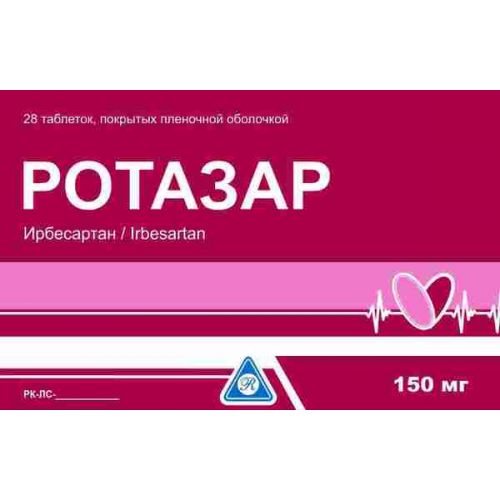
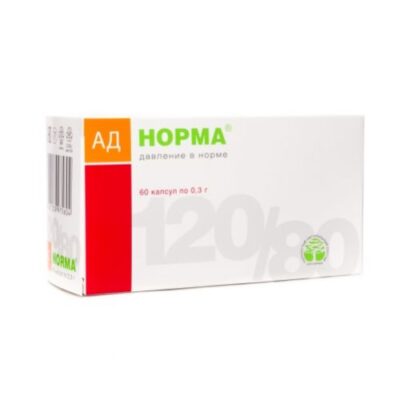
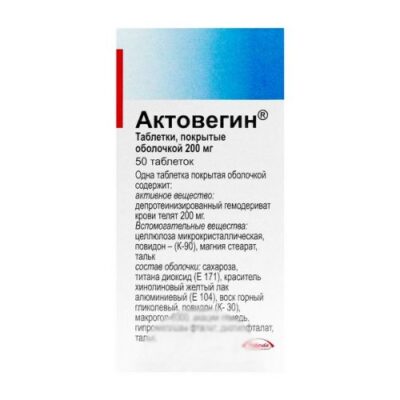
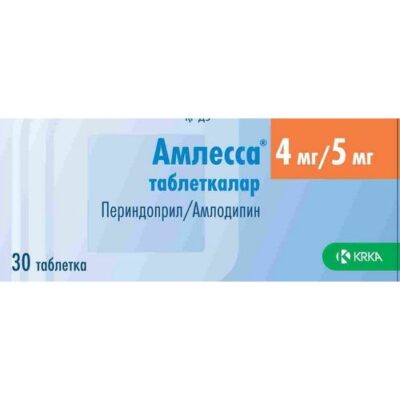
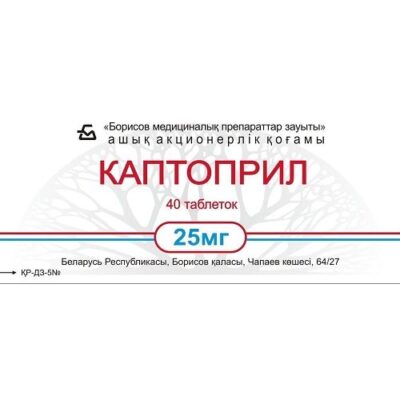
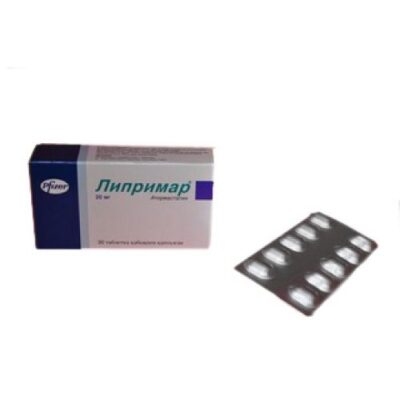
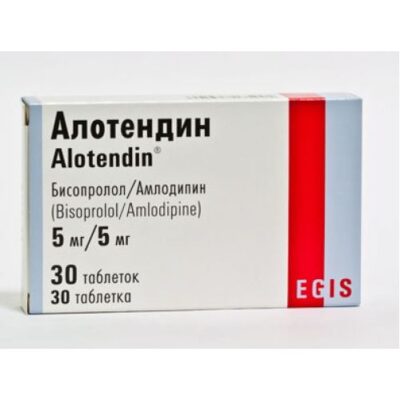
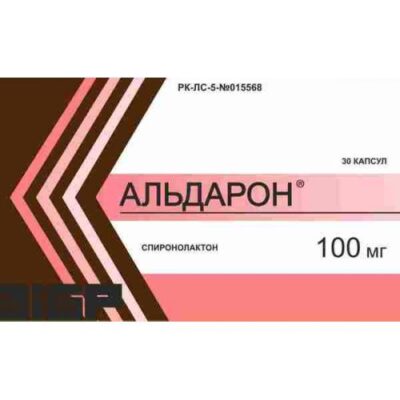
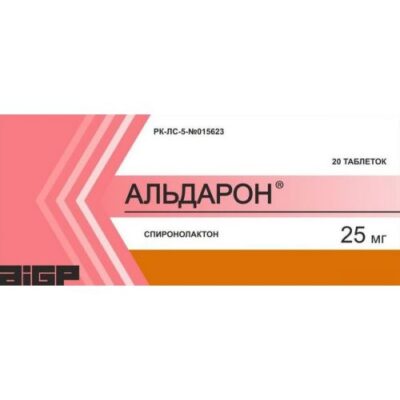
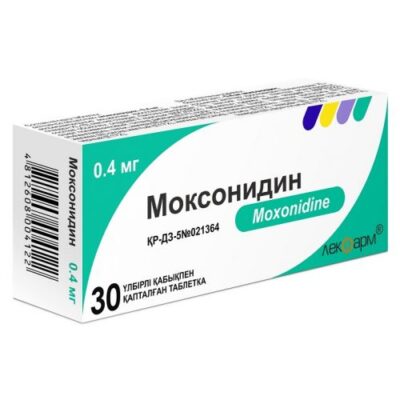
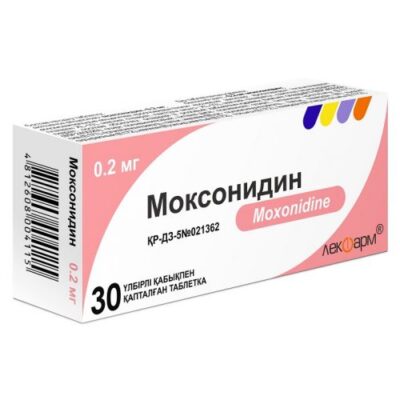






Reviews
There are no reviews yet.